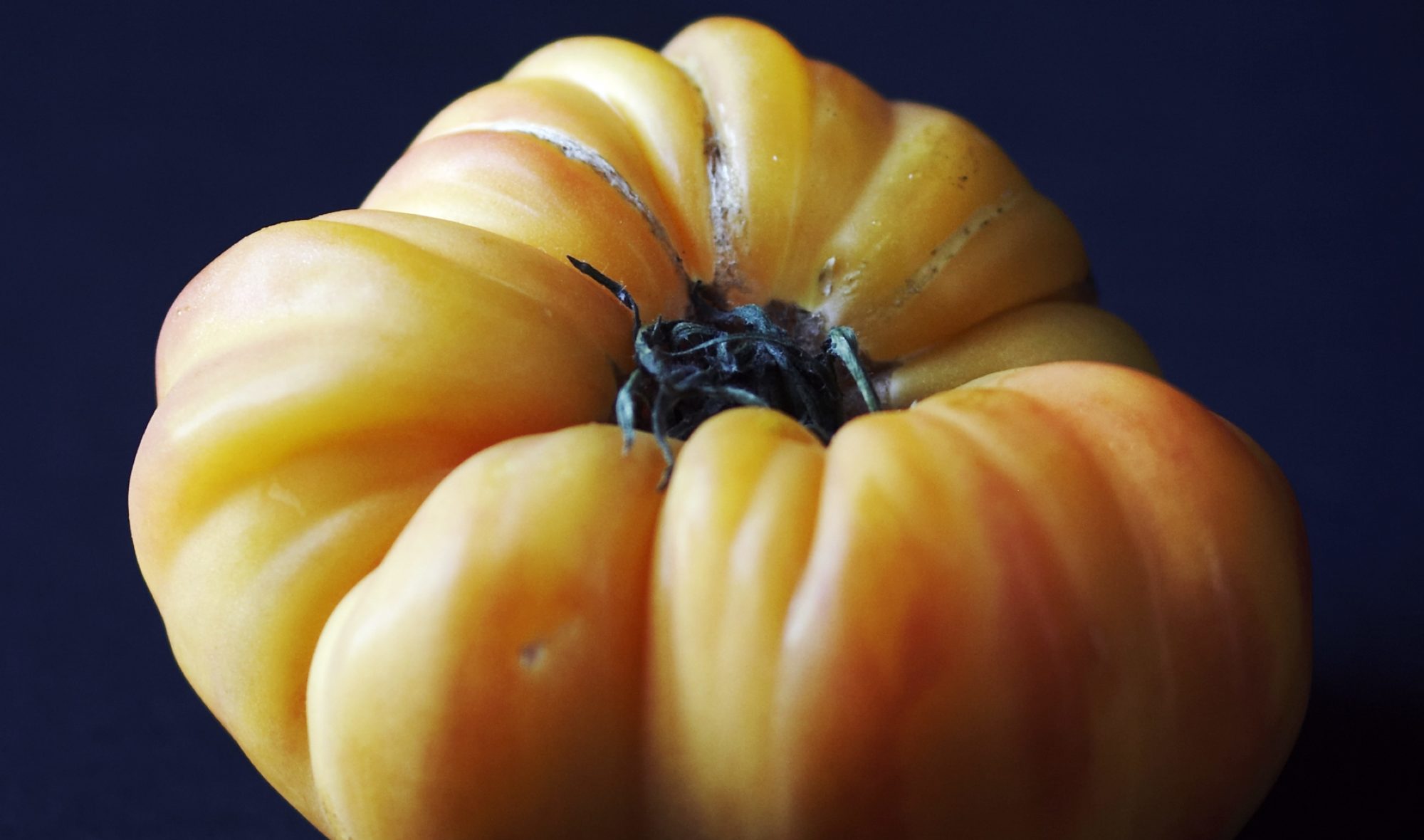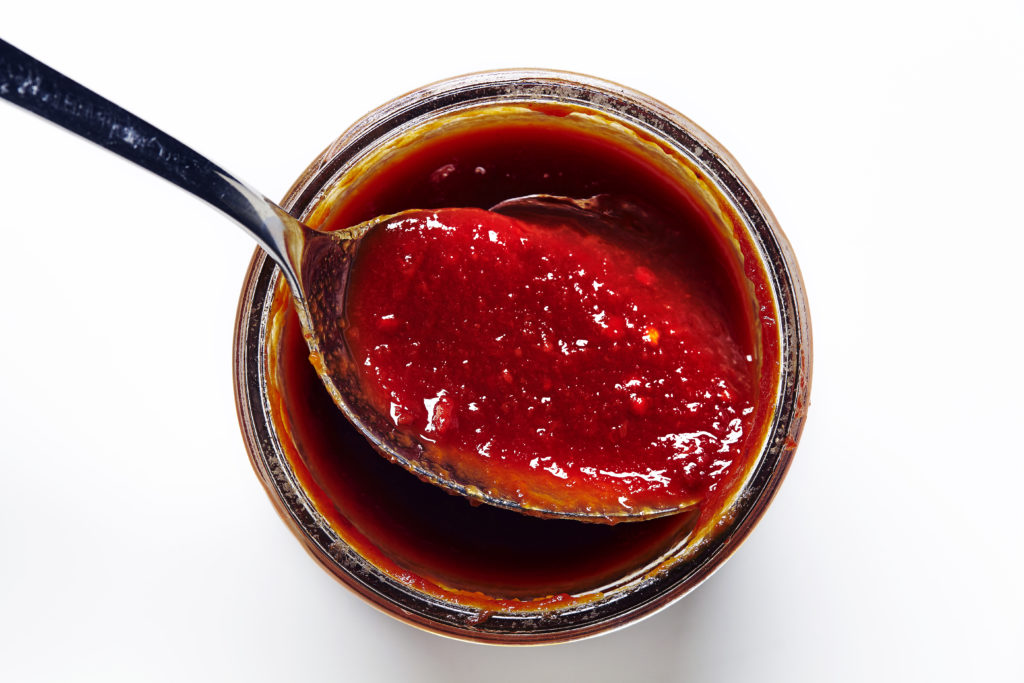
NEW! Lowest Monthly Payment Plan Ever—Master Health Coaching Certification. This week only.

NEW! Lowest Monthly Payment Plan Ever—Level 2 Master Health Coaching Certification.

Tomatoes are the edible fruit of a plant in the nightshade family. Native to South and Central America, tomatoes are now enjoyed all over the world. Rich in lycopene, a powerful antioxidant, they can be eaten raw, baked, stewed, fried, and incorporated into casseroles, sauces, and many other preparations.
Tomatoes are the edible fruit of a plant in the nightshade family. Native to South and Central America, they were first domesticated in those regions and were widely cultivated by the Aztecs. It’s believed they traveled to Europe with the Spanish conquistadors.
Because of their connection with nightshade, tomatoes were feared as poisonous in Europe when they were introduced there. But they grew exceptionally well in the sunny Mediterranean climate and it wasn’t long before they were enthusiastically embraced. Delicious, nutritious, and versatile, tomatoes are now associated as much with Italian and Spanish food as they are with Mexican. In fact, there’s hardly a cuisine in the world that does not depend on “love apples,” as they used to be called.
Today, tomatoes represent the eighth most important agricultural product worldwide, and are extensively cultivated in China, India, United States, and Turkey, among other countries. In addition to their importance as a commercial crop, tomatoes are fun and relatively easy to grow in a home garden. While they’re perennial plants in their native habitat, they’re grown as annuals in cooler climates and can be started from seed in greenhouses.
Tomato plants are usually anywhere from two to ten feet tall, with a weak, vine-like stem that often requires staking, and a small yellow or white flower.
While tomatoes are technically a fruit, their savory taste ensures they’re used more often as a vegetable. There are thousands of different types, and at least five or six main categories of tomatoes—from the large, fleshy beefsteak to the small, juicy cherry tomato and the even tinier grape tomato.
Typically red when ripe, some heirloom or special cultivars may be yellow, pink, orange, purple, black, green, or even white.
Tomatoes taste slightly acidic, and have a fresh, pungent smell.
One large raw tomato contains 33 calories, 7.1g carbohydrates, 1.6g protein, 0.36g fat, 4.8g sugar, and 2.2g fiber.
Tomatoes are a good source of potassium and an excellent source of vitamin C, vitamin K, and vitamin A.
In addition, they are especially rich in the carotene lycopene, a crucial phytonutrient with antioxidant properties. Diets rich in lycopene have been linked to many health advantages, from improved cardiovascular function to better protection against cancer to stronger bones.
Choose tomatoes that are firm with a little give. Those that feel heavy for their size are likely to be juicy. Contrary to what you might think, they don’t have to be uniformly colored to be delicious, but pale fruit is rarely ripe, so look for vibrant tones. Sniff tomatoes if you can— when ripe, they should smell sweet and a little earthy.
Don’t worry if they aren’t perfectly round; it won’t affect the taste. Even cracked skin may be acceptable, as long as it is not leaking juice.
Avoid wrinkly tomatoes or those that are bruised, darkened in spots, or too soft.
If buying canned tomatoes, check to see that they don’t have added sugars or too much salt. Italian plum tomatoes make the best sauces, particularly the Roma and San Marzano varieties.
If you eat a lot of preserved tomatoes, consider buying those stored in glass jars rather than tins. Because tomatoes are highly acidic, the risk of BPA migration from cans may be higher than with other canned goods. But there’s no need to panic if canned tomatoes are only an occasional part of your diet.
Store fresh, whole, ripe tomatoes at room temperature. Refrigeration spoils their flavor and tends to make them mealy. Having said that, you can delay softening of perfectly ripe tomatoes by placing them in the fridge for a couple of days. Bring them to room temperature again before eating.
You can also buy tomatoes slightly under-ripe. Place in a paper bag with a banana or set them on a sunny windowsill, stem-scar side up. They will ripen within a few days.
Treat fresh tomatoes gently because they bruise easily. Be sure to wash them carefully, and if possible, select organic. Conventionally grown cherry tomatoes are among the top 12 fruits and vegetables on which pesticide residues are regularly found.
Leftover cut tomatoes should be stored in the refrigerator to prevent the possibility of food poisoning.
If storing canned tomatoes, note the best before dates and do not exceed them. Avoid tins with dents and look for those that are BPA-free.
The easiest way to prepare raw, ripe tomatoes is simply to slice them and sprinkle with salt and pepper. Add fresh herbs, some olive oil, and balsamic vinegar if you like. Toss in a mixed salad, or accompany with other raw or cooked vegetables. Enjoy!
Tomatoes pair brilliantly with many herbs and spices, including basil, oregano, parsley, mint, dill, tarragon, cilantro, rosemary, thyme, chilli, cinnamon, cloves, and cumin.
Many cheeses also go well with tomatoes, including feta, Parmesan, mozzarella, cheddar, and more.
Tomatoes are equally delicious cooked in a variety of ways.
To bake a whole tomato, simply remove the core at the stem end, stuff with basil or other herbs, add salt and pepper, and place in a pan in hot oven or wrap in foil and set on the grill. It will soften in about 20 minutes. Alternatively, cut the tomato in half and prepare a topping of breadcrumbs, cheese, and herbs and bake or broil.
To sauté or stew tomatoes, cut them into pieces and toss in olive oil or butter and other ingredients. They break down easily; this is one reason they’re such a valuable base for sauces and soups.
Sometimes recipes call for skins to be removed. To do this, simply place freshly washed tomatoes in boiling water for a minute or so, until the skin begins to split and it will slip off easily.
Tomatoes are quite easy to preserve. To freeze whole tomatoes, simply wash, cut away the stem-scar, and place on a cookie sheet until frozen. You can later place in bags and remove when ready to use.
To stew tomatoes for freezing, skin and peel as described above and then cook for a few minutes either on their own or with other ingredients. Allow to cool, then freeze.
Frozen tomatoes can’t be used as fresh because of the loss of texture, but they work well in sauces or soups.
Tomatoes can also be dried and canned at home. Ensure you follow safe procedures for these tasks, and remember that despite their acidic taste, you will need to add acids to tomatoes if home canning to reduce the risk of botulism.
Unripe or green tomatoes are also sometimes fried or stewed. So if you’re left with green tomatoes at the end of the season, don’t despair—get creative!

Ever thought of making your own ketchup? Give it a try, it's easier than you might think. And best of all, it's absolutely delicious.
Prep Time: 35 minutes Cook Time: 300 minutes Yield: 1.5 litres of ketchup
In a blender or food processor, pulse the whole canned tomatoes. Vary the texture by doing more or less pulsing, leaving it either chunky or smooth.
Heat a saucepan on medium heat. When hot, add the olive oil. Heat the oil and add the onions. With a wooden spoon, move the onions around to ensure even cooking. Cook until lightly brown.
Add the tomatoes (from the blender or food processor) to the pan. Add all of the remaining ingredients and stir to combine. Turn heat up to high until mixture begins to boil, then immediately turn down to a simmer. Cook for about 5 minutes.
Carefully add the ketchup to the slow cooker, being cautious to protect yourself from the hot liquid. Cook this on high heat for at least 2 hours, up to 5 for more flavor, stirring every so often to mix the flavors together.
When done, turn the heat off. Remove the bay leaves and the cloves. Immediately ladle the hot ketchup into clean sterile jars. Ensure the rim for the lid is clean, tighten the lid finger tight, and flip upside down. Allow the jars to cool this way overnight. Keep unopened jars in a cool dark place and opened jars refrigerated for up to a week.
Enjoy!
Precision Nutrition’s Encyclopedia of Food expands every single month as we highlight new foods and showcase beautiful food photography. If you’d like to stay up to date, simply click this link. From there, we’ll send you a FREE copy of our recipe book. We’ll also let you know when new and delicious foods are added to the site.
Tomatoes are the edible fruit of a plant in the nightshade family. Native to South and Central America, tomatoes are now enjoyed all over the world. Rich in lycopene, a powerful antioxidant, they can be eaten raw, baked, stewed, fried, and incorporated into casseroles, sauces, and many other preparations.